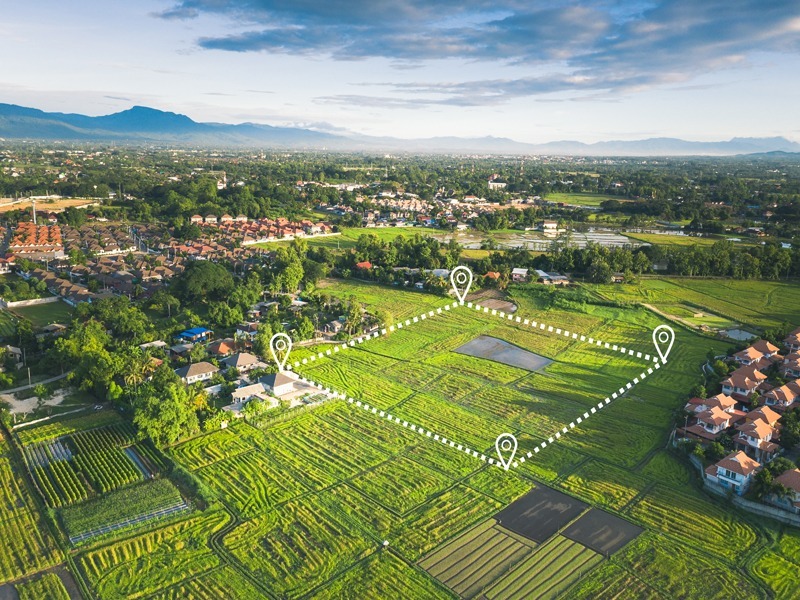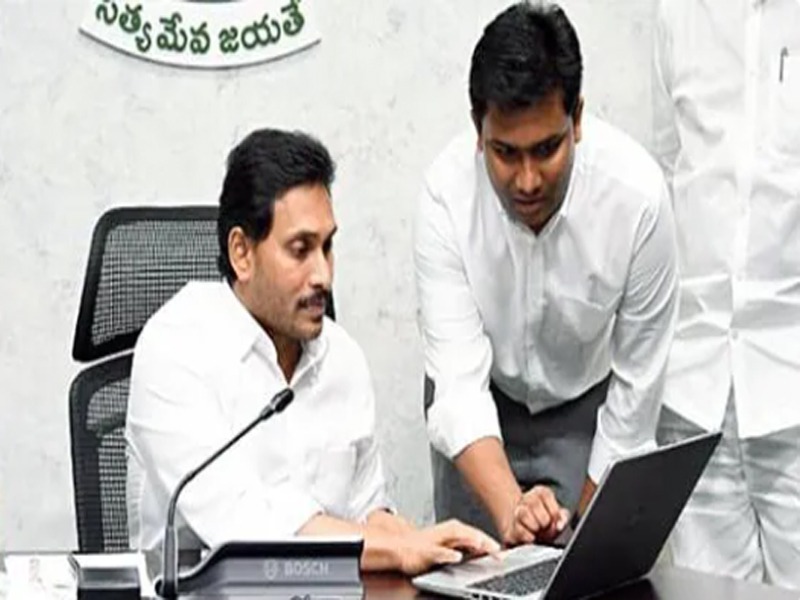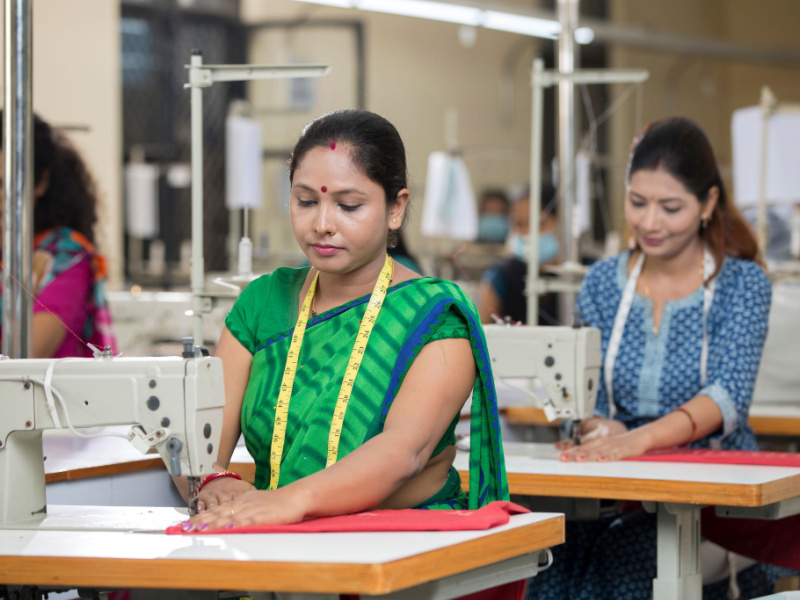
Pradhan Mantri Sahaj Bijli Har Ghar Yojana or Saubhagya is the initiative started by the Indian government and inaugurated by the Prime Minister of India, Narendra Modi. The industry’s aim, which saw the light of day in the September of 2017, is to provide electricity access in all households across India. The energy and electricity access being provided are done so with the help of the last mile connectivity system. The motive is to provide electricity access in all the un-electrified homes across the nation. The reason why an entitative that uplifts and encourages the use of electricity is essential is that the country and the world are running out of non-renewable fossil fuels and other energy resources. At times like this, the need for electric power or power that is generated with the help of renewable sources is becoming extremely crucial.
Aim and resources of the Pradhan Mantri Sahaj Bijli Har Ghar Yojana
The Pradhan Mantri Sahaj Bijli Har Ghar Yojana or Saubhagya is not just for increasing the use of electricity sources in the rural areas but also to provide electric power in homes across urban areas for the achievement of a universal electrified housing system in India. The initiative was inaugurated at the Deendayal Urja Bhavan in New Delhi on 25th September 2017 by the Prime Minister of India. The deadline provided to the state and Union territory governments was 31st December 2018, for the state the complete electrification of all households across the country. The entire household electrification would be achieved b taking the help of an electric pole nearby the house and drawing a cable wire from that pole and into the house. If the bar is not located near the home, a new electric pole would be erected providing the service. The cable wire put into the household premise would offer a mobile charging point and a single light point, with an additional LED bulb provided.
The government of India has provided the budget for the Pradhan Mantri Sahaj Bijli Har Ghar Yojana of around Rs. Sixteen thousand three hundred twenty crores, which is the outlay of the whole project, while the Gross Budgetary Support or GBS of the project in totality is Rs. 12,320 crores. The rural areas of India are the ones that need and need the support to find electricity sources because many parts of the rural areas of the country had still a long way to go before they saw an electric bulb light up. The rural area outlaw is Rs. 14,025 crores, GBS is Rs. 10,587.50 crores. The urban area outlay is Rs. 2,295 crores. At the same time, GBS is Rs. 1732.50 crores, all provided by the Government of India under the Pradhan Mantri Sahaj Bijli Har Ghar Yojana or Scheme to all the states as well as the Union Territories.
Main components of the Pradhan Mantri Sahaj Bijli Har Ghar Yojana or Saubhagya Electricity Scheme
The primary components of the initiative’s creation, which will provide stable and reliable internet connection throughout the country, are listed below. The features or highlights of the Pradhan Mantri Sahaj Bijli Har Ghar Yojana are the main areas that need to be known and acknowledged about the initiative, such as:
The initiative was inaugurated on the birth centenary anniversary celebration of Pandit Deendayal Upadhyaya, which took place on 25th September 2017. Pandit Deendayal Upadhyaya was an active politician who believed in the concept of Hindutva and was one of the active members of the Rashtriya Swayamsevak Sangh or better known as the RSS and was one of the most prominent politicians belonging from the Bhartiya Jana Sangh or the BJS, which was the forerunner of the Bhartiya Janata Party or BJP, the leading political party of India.
The primary motive and objective of the initiative are providing stable and continuous electrical power and connection,24*7 in all households across the nation. The aim has been successfully achieved with the help of the scheme or yojana.
The initiative or scheme will not only provide a stable electricity connection throughout the country, but it will also take up the sub-subsidy of providing subsidies on electrical equipment such as transformers, meters, wires, bulbs, and other products.
The implementing body of the scheme Pradhan Mantri Sahaj Bijli Har Ghar Yojana or Saubhagya Electricity Scheme is the Ministry of Power of India. The Ministry of power will be undertaking all the responsibilities for the maintenance and ensuring of the continuous electricity connection and energy all throughout the country.
The connection or power of electricity under the Pradhan Mantri Sahaj Bijli Har Ghar Yojana will not just be targeting areas of the country but will take over all the rural as well as the urban areas of the country. The rural and urban areas will not only be places of the country, but the scheme is similar for all the states as well as the Union territories of the country. The government of India has greatly changed the
Aims for economic development
The support being provided to electrifying the whole country and all its domestic households in rural and urban areas brought with it more and more opportunities for economic development. The creation of an electrified household provides the opportunity for the removal of subsidiary provided kerosene and other petroleum in the household across the country, which will lead to lowering the annual subsidy costs being paid by the citizens of the country, especially in the rural areas. Lower demand for petroleum would lead to more inferior import of petroleum, which becomes an economic advantage for the country. When homes in rural areas are connected to electricity, it will lead to increase usage of communication channels such as telephones, radio, television, and other sources, which will then increase the knowledge of the people about the correct price that needs to be paid for products and the citizens will become more aware, and less prone to sellers taking advantage of them. For rural area farmers, more knowledge means new and improved agricultural techniques, leading the country at its base to increase the production of agricultural products, leading to economic advantages. The availability of a continuous, reliable electricity connection throughout the nation would lead to more businesses such as shops and facilitate the creation of more goods and services, leading to India becoming more and more economically developed and products and services being made in India.
Conclusion
The initiative has been close to success in all ways in achieving what it aimed to achieve. Almost all homes in India, both in rural and urban areas, in states, as well as the union territories, have been successfully electrified. The mission started by the government of India was a mission to allow India to reach a global level of technological advancements that would further the development of the country. The mission reached a successful point sooner rather than later and has provided India with not just electricity but more opportunities in sections such as economic development, as well as the increase in jobs in the country.



























